Today, works like these are usually called photograms. But, writer Tristan Tzara dubbed Man Ray’s works “rayographs.” Tzara, a key figure alongside Man Ray in the “anti-art” Dada movement, also named earlier cameraless photographs by Christian Schad “schadographs.” The Metropolitan Museum of Art’s current exhibition, Man Ray: When Objects Dream, features about sixty rayographs created between 1922 and 1930. One from 1923 incorporates a circle of lace, perhaps as a nod to William Henry Fox Talbot’s medium-defining 1845 negative image of lace. Two rayographs from 1922 lay out flowers and leaves, recalling the lesser-known work of the photographer and botanist Anna Atkins, who documented plant life starting in 1841.
Other rayographs index dishes, hardware, wire scraps, blocks, and tools. The best are illogical but still cohesive, suggesting objects in motion and snippets from larger, even stranger scenes. A 1923 rayograph shows an arrangement of cigarette-sized rods with squared-off edges spiraling out like liberated piano keys or parts from a necklace. Another from 1922 depicts a reveler with an egg for an eyeball who appears to be wolfing down a drink. Two storybook-style 1925 rayographs evoke moonlit escapes over windswept mountains and presage Man Ray’s eventual escape to Los Angeles when the Nazis occupied France. (Born Emmanuel “Manny” Radnitzky, he was bar-mitzvahed back in Brooklyn.)

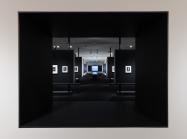

![DEl Kathryn Barton [Australian b. 1972] the more than human love , 2025 Acrylic on French linen 78 3/4 x 137 3/4 inches 200 x 350 cm Framed dimensions: 79 7/8 x 139 inches 203 x 353 cm](/sites/default/files/styles/category_card_187x139/public/ab15211bartonthe-more-human-lovelg.jpg?itok=LJbNuU6F)
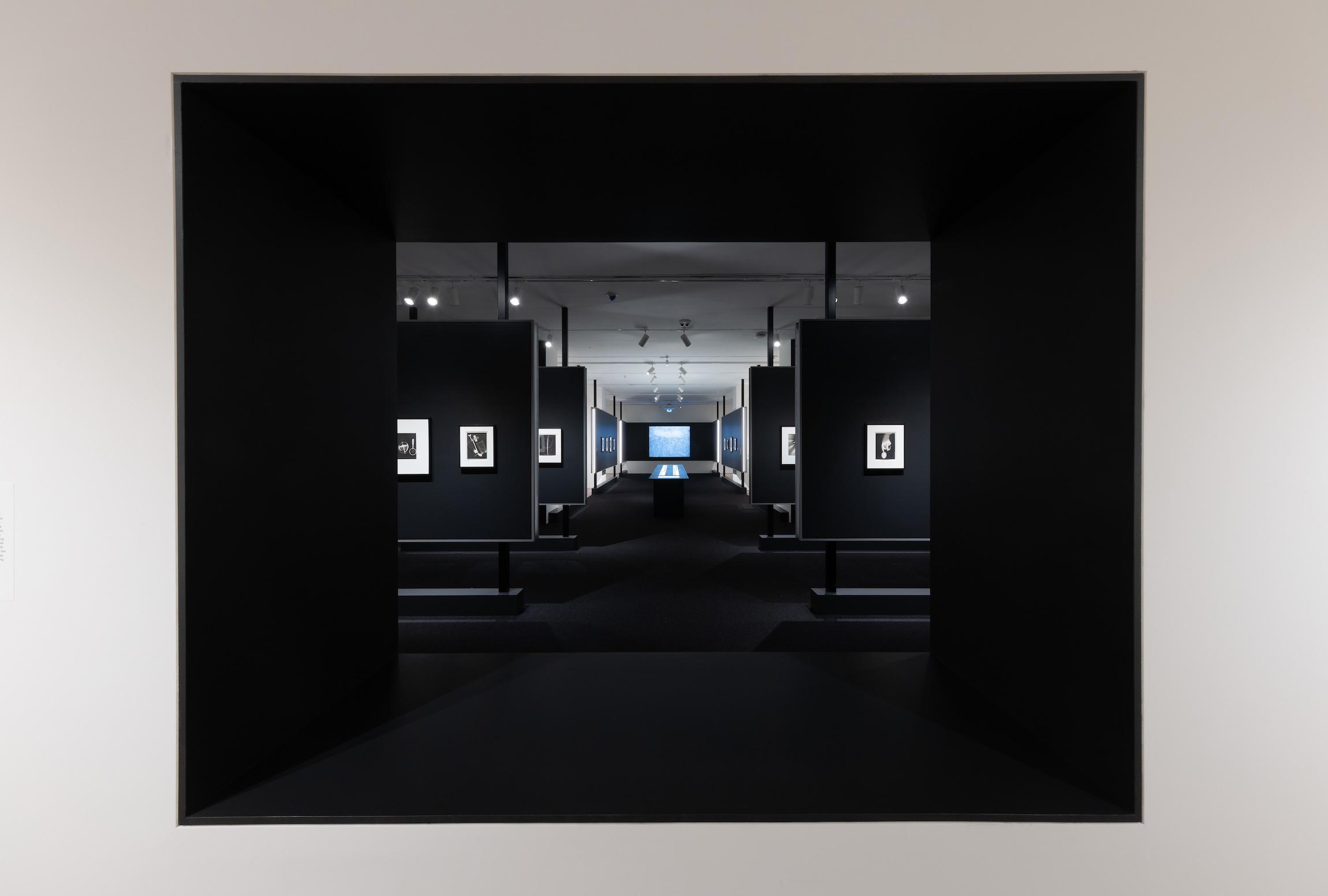
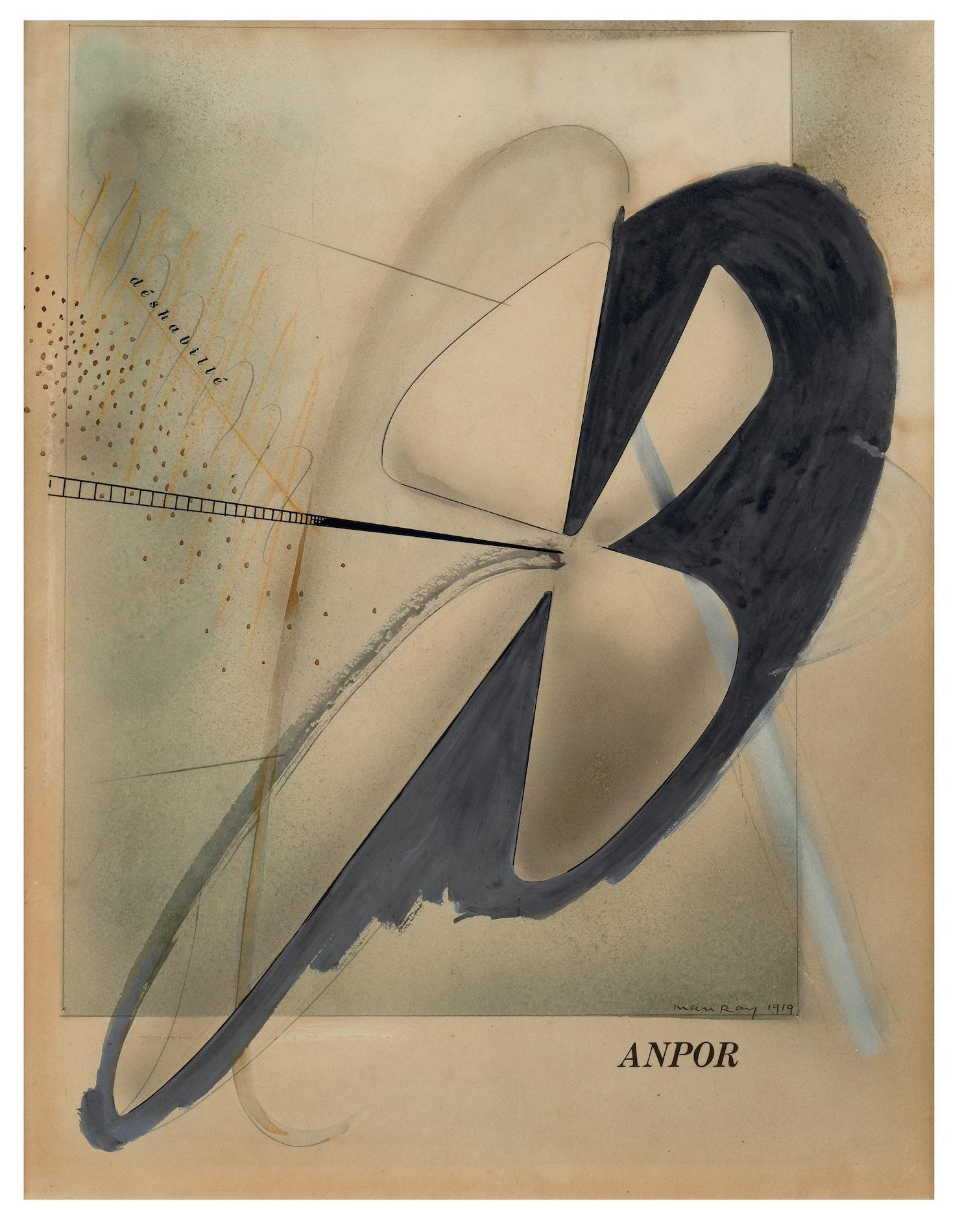
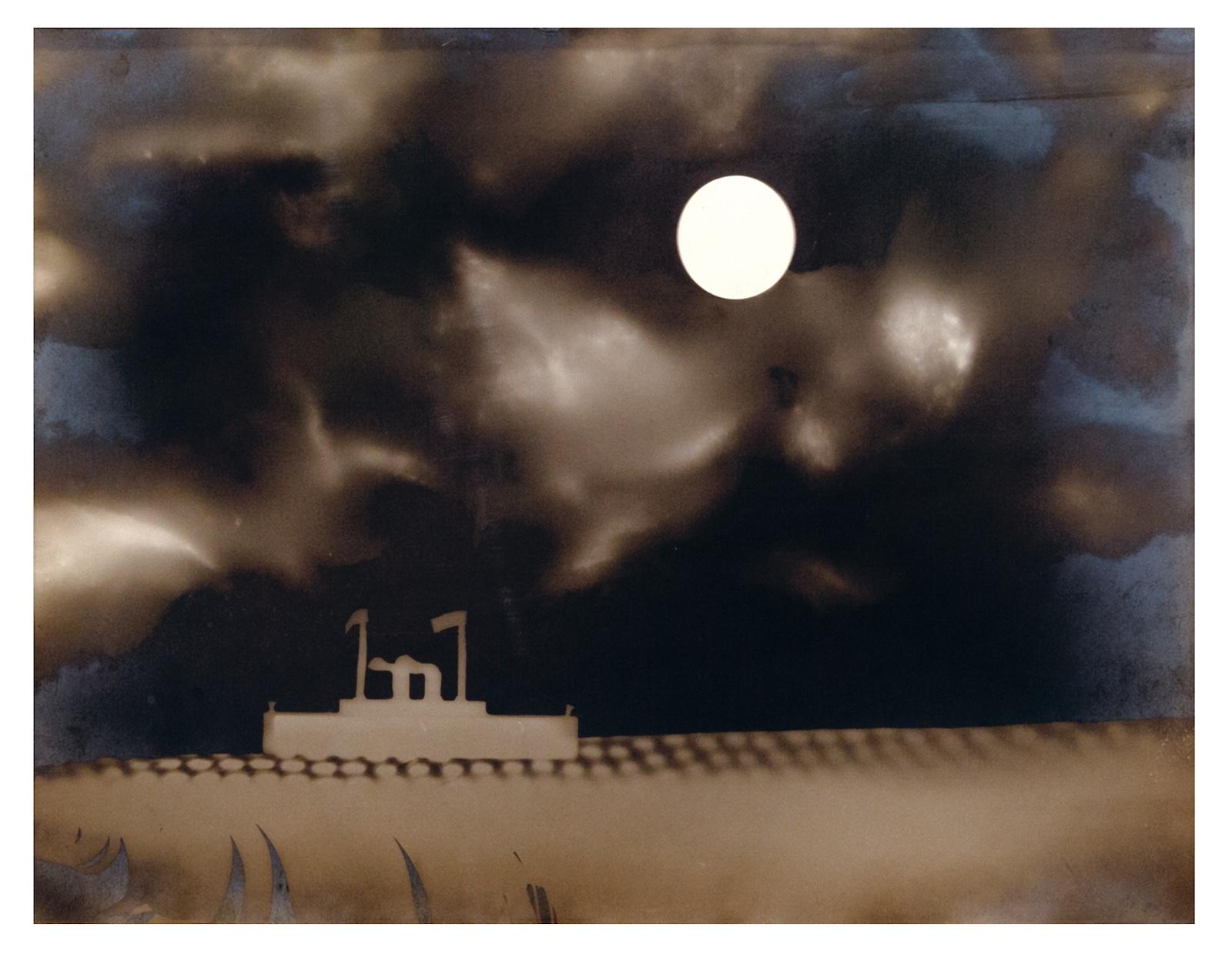
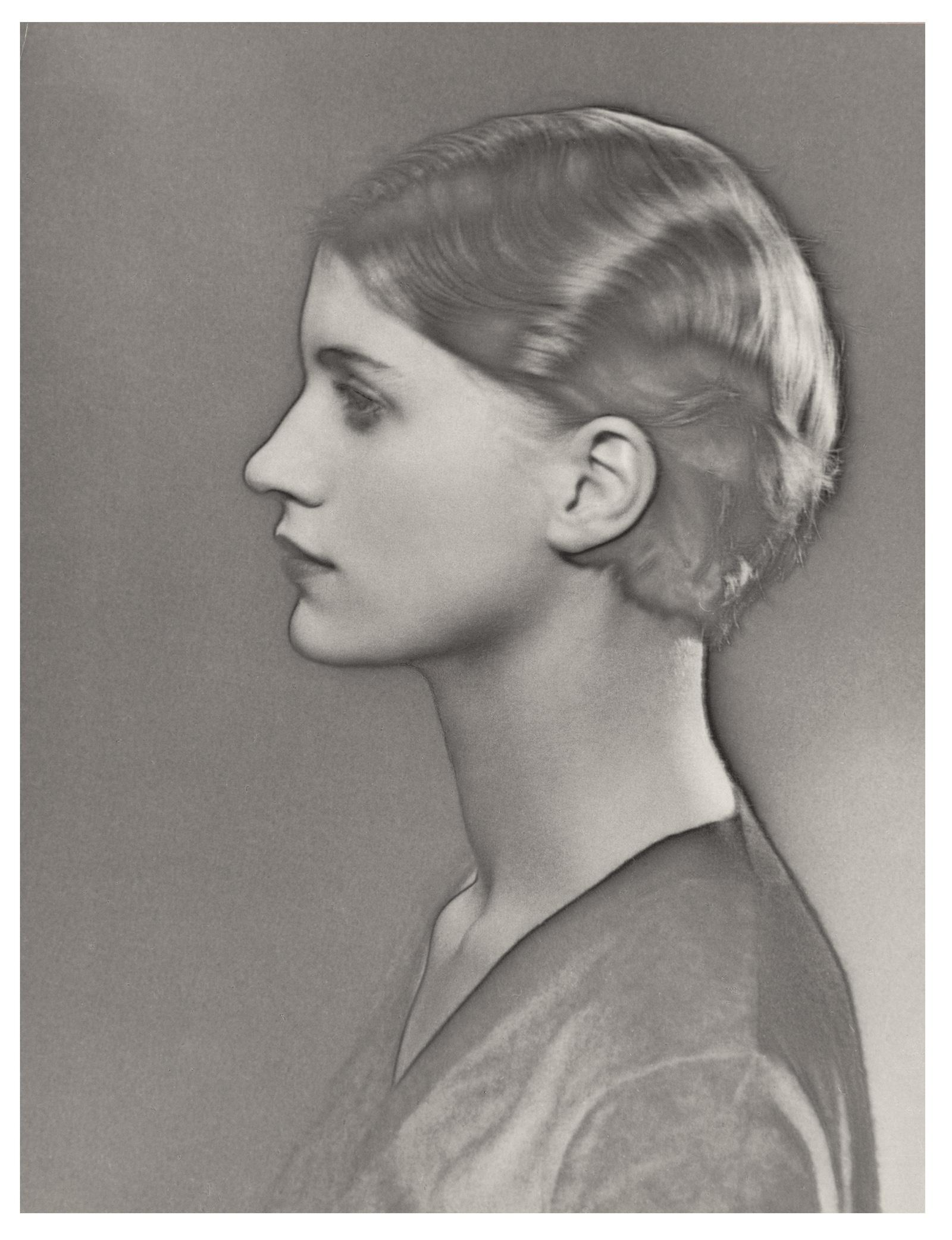
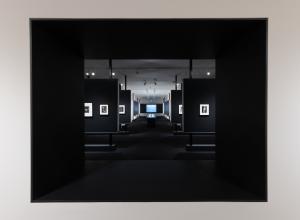

![DEl Kathryn Barton [Australian b. 1972] the more than human love , 2025 Acrylic on French linen 78 3/4 x 137 3/4 inches 200 x 350 cm Framed dimensions: 79 7/8 x 139 inches 203 x 353 cm](/sites/default/files/styles/image_5_column/public/ab15211bartonthe-more-human-lovelg.jpg?itok=wW_Qrve3)

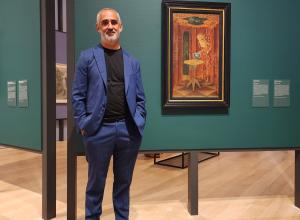



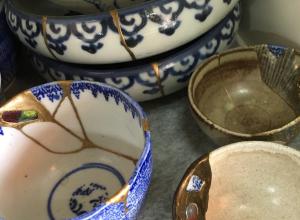













![Ginevra de’ Benci [obverse]. 1474/1478. Leonardo da Vinci. Oil on Panel. Ailsa Mellon Brue Fund, National Gallery of Art.](/sites/default/files/styles/image_5_column/public/ginevradebenciobverse196761a.jpg?itok=hIzdUTaK)